Pepper Unplugged: The Spicy Origins You Never Knew!
Description
If you’ve ever shaken black pepper over your scrambled eggs or sprinkled some onto a grilled steak, you’ve participated in one of history’s oldest flavor revolutions. But where does the spice pepper come from? In this deep-dive blog, we explore the wild origins of peppers, their historical significance, and how different types of peppers have shaped cuisines across the globe. Whether you're a pro chef or just someone who likes to add a little kick to dinner, this article is packed with spicy facts, fun trivia, and practical tips you can use in your own kitchen.
Table of Contents
- A Brief History of Pepper
- Types of Peppers Around the World
- Where Does Pepper Come From Today?
- Culinary Uses and Tips
- Pepper Comparison Table
- Spice Up Your Knowledge: Fun Facts About Peppers
- Conclusion: Peppering Your Life with Flavor
A Brief History of Pepper
Before it became a staple on every restaurant table, pepper was more valuable than gold. Yes, you read that right—pepper. Known as “black gold” during ancient trade routes, pepper wasn’t just a seasoning; it was currency.
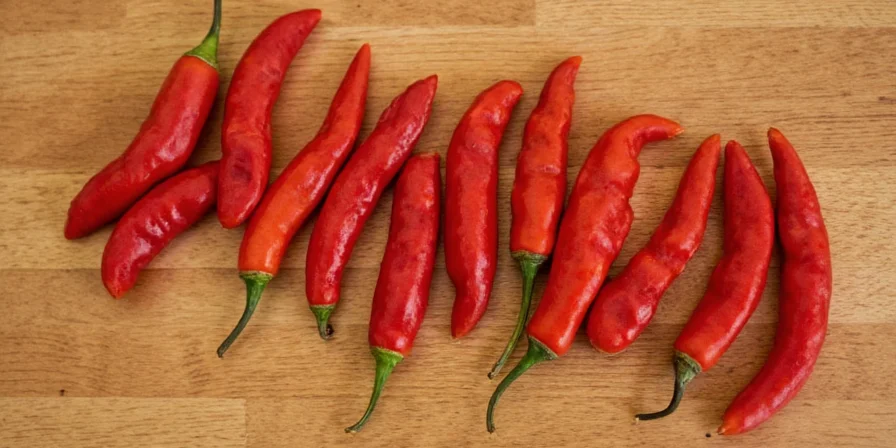
The earliest known records trace pepper back to India, specifically Kerala, around 2000 BCE. Ancient Egyptians even used it in embalming practices! By the time of the Roman Empire, black pepper (Piper nigrum) had become a highly prized commodity, shipped through vast networks spanning Asia, Africa, and Europe.
The Spice Wars and Pepper
Europeans went to great lengths to control the pepper trade. The Portuguese, Dutch, and British all fought bitterly for dominance in the spice-rich regions of Southeast Asia. These weren’t just battles over flavor—they were geopolitical showdowns over power and wealth.
Types of Peppers Around the World
When most people say “pepper,” they think of black pepper. But in reality, there are dozens of varieties of peppers worldwide, each with its own origin story, flavor profile, and culinary purpose.
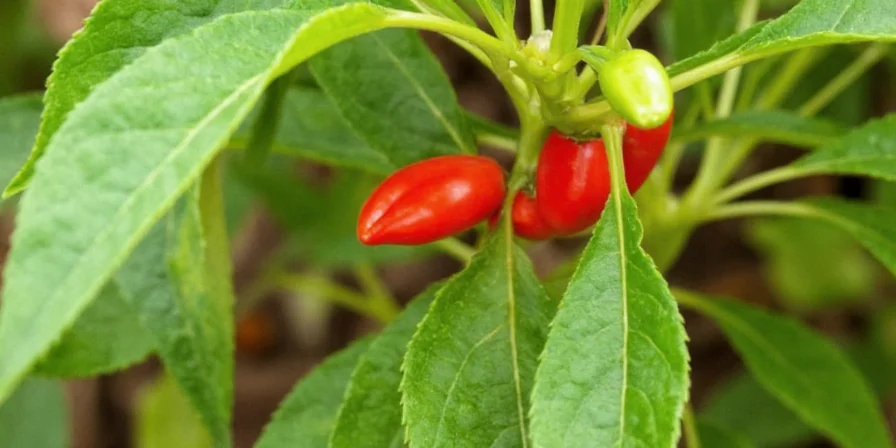
- Black Pepper: Dried unripe fruit of Piper nigrum. Earthy, woody, and slightly citrusy.
- White Pepper: Mature berries with the outer skin removed. Milder and earthier than black pepper.
- Green Pepper: Unripe berries, often pickled or freeze-dried. Fresh and grassy in flavor.
- Pink Peppercorn: Not a true pepper but from the Schinus molle tree. Sweet, fruity, and floral.
- Capsicum Peppers: Includes chili peppers like jalapeños, habaneros, bell peppers, etc. Bring heat via capsaicin content.
Where Does Pepper Come From Today?
While pepper has a rich history rooted in ancient trade, today’s supply chain looks very different. Here’s where pepper comes from now:
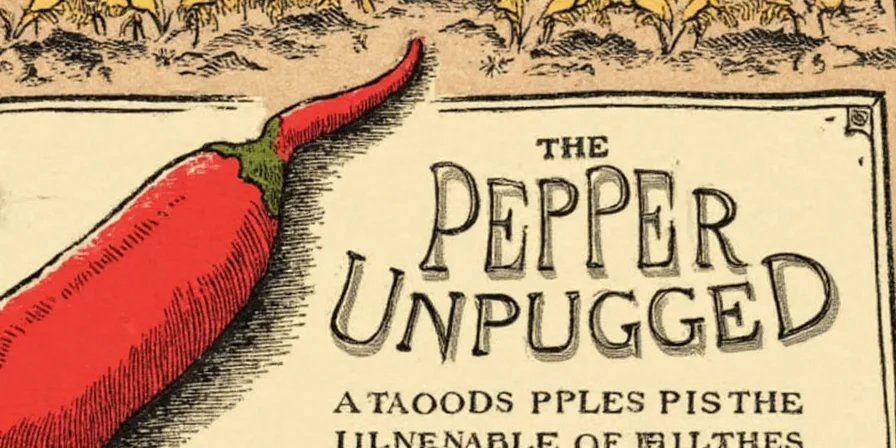
- India: Still the largest producer and exporter of black pepper globally, especially from the state of Kerala.
- Brazil: A major supplier of both black and white pepper, particularly from Pará state.
- Vietnam: Known for high-quality white pepper, though much of it starts life as black pepper.
- Indonesia: Famous for producing Muntok white pepper and Sarawak pepper, both highly sought after by chefs worldwide.
- Madagascar: Offers unique terroir for pepper production, resulting in aromatic and complex profiles.
Culinary Uses and Tips
Understanding how to use different peppers can elevate your cooking game significantly. Here are some tried-and-true techniques and ideas:
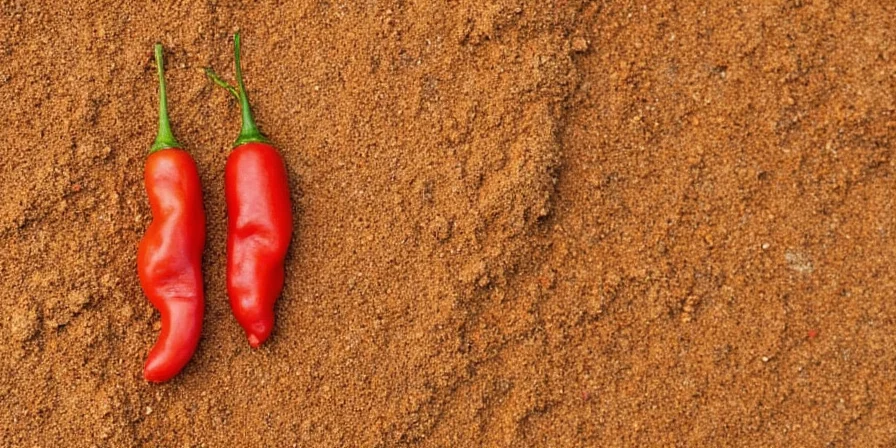
Tip #1: Grind It Fresh
Freshly ground black pepper releases volatile oils that enhance flavor. Store whole peppercorns in an airtight container away from light and moisture.
Tip #2: Match Pepper Type to Dish
| Pepper Type | Dish Compatibility | Flavor Profile |
|---|---|---|
| Black Pepper | Steak, soups, sauces, stews | Robust, earthy, citrus notes |
| White Pepper | White sauces, mashed potatoes, Chinese stir-fries | Mellow, musty, creamy finish |
| Green Pepper | Omelets, seafood dishes, light salads | Fresh, herbal, slightly tart |
| Pink Peppercorn | Fruit desserts, cheese boards, cocktails | Sweet, floral, berry-like |
Tip #3: Use Capsicum Peppers Strategically
Chili peppers vary wildly in heat (measured in Scoville units). Know your limits and layer heat gradually:
- Jalapeño: 2,500–8,000 SHU — Great for salsas and marinades
- Habanero: 100,000–350,000 SHU — Intense heat with tropical notes
- Ghost Pepper: Over 1 million SHU — For extreme heat lovers only!
Tip #4: Don’t Forget the Health Benefits
Peppers contain piperine, which enhances nutrient absorption and may boost metabolism. Some studies suggest it supports brain health and digestion too.
Pepper Comparison Table
| Type | Origin | Processing | Flavor Notes | Best Used In |
|---|---|---|---|---|
| Black Pepper | India | Unripe fruit, sun-dried | Woody, sharp, citrusy | Main dishes, sauces |
| White Pepper | India, Vietnam | Ripe fruit, soaked and stripped | Mellow, creamy, musty | Cream sauces, rice dishes |
| Green Pepper | Various tropical regions | Harvested early, preserved | Grassy, bright, vegetal | Salads, seafood |
| Pink Peppercorn | Brazil, Madagascar | Natural berries, dried | Fruity, sweet, floral | Desserts, cheese, cocktails |
Spice Up Your Knowledge: Fun Facts About Peppers
Let’s take a break from serious stuff and dive into some fun trivia about everyone’s favorite seasoning:
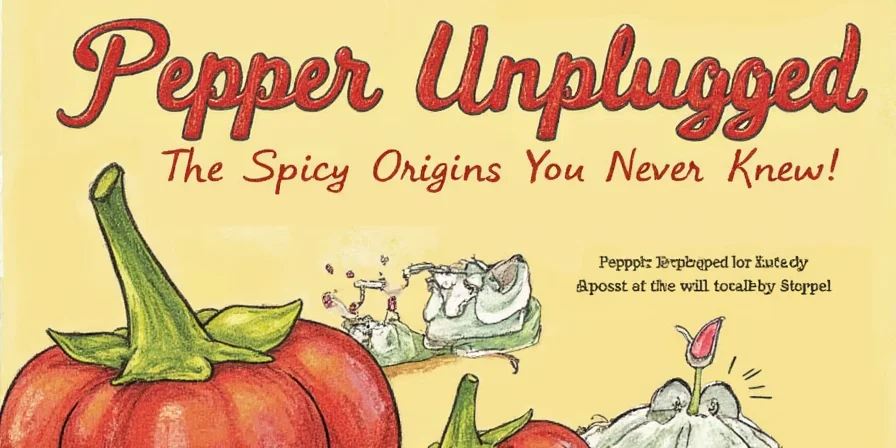
- Pepper was once called “the spice of kings” because it was so expensive.
- In medieval times, pepper was sometimes used as a dowry or wedding gift!
- One teaspoon of black pepper contains about 6 mg of piperine.
- Pepper plants can live up to 30 years and keep producing berries year after year.
- Did you know? Bell peppers don’t contain piperine—they’re from a completely different plant family (Capsicum annuum).
Conclusion: Peppering Your Life with Flavor
So, where does the spice pepper come from? From lush rainforests in India, sprawling plantations in Brazil, and the humid climates of Madagascar. Pepper isn’t just a condiment—it’s a symbol of cultural exchange, culinary innovation, and centuries of human fascination with flavor.
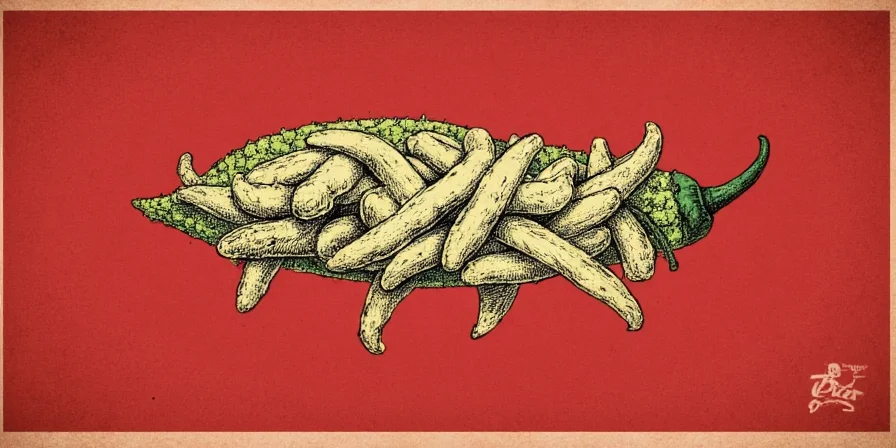
Whether you grind it fresh on your dinner plate or experiment with exotic blends in your next recipe, understanding where pepper comes from—and how to use it well—can transform your cooking from bland to brilliant. So go ahead, get peppy, and make your meals pop with personality.
Remember, when it comes to spices, knowledge is power… and a little heat never hurt anyone!

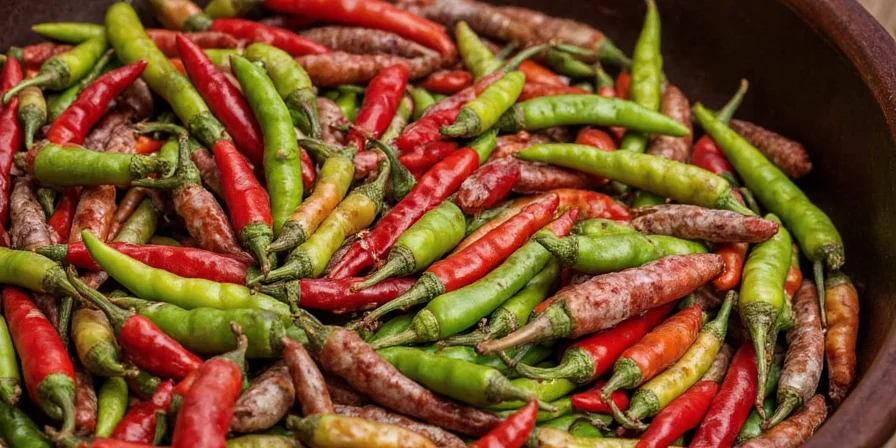









 浙公网安备
33010002000092号
浙公网安备
33010002000092号 浙B2-20120091-4
浙B2-20120091-4